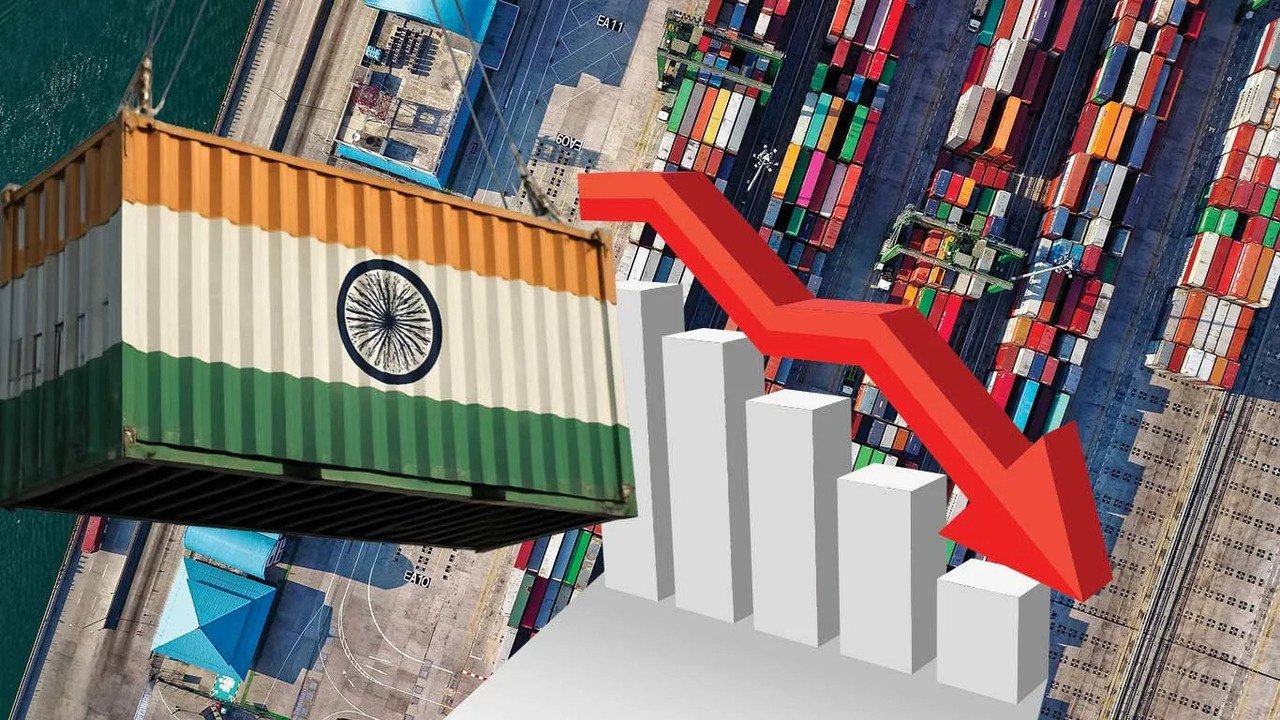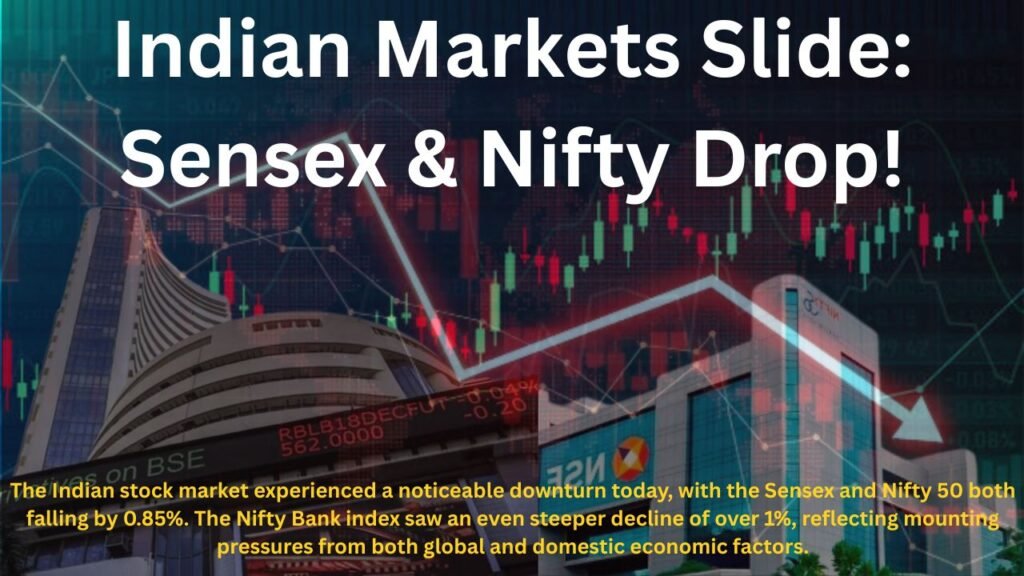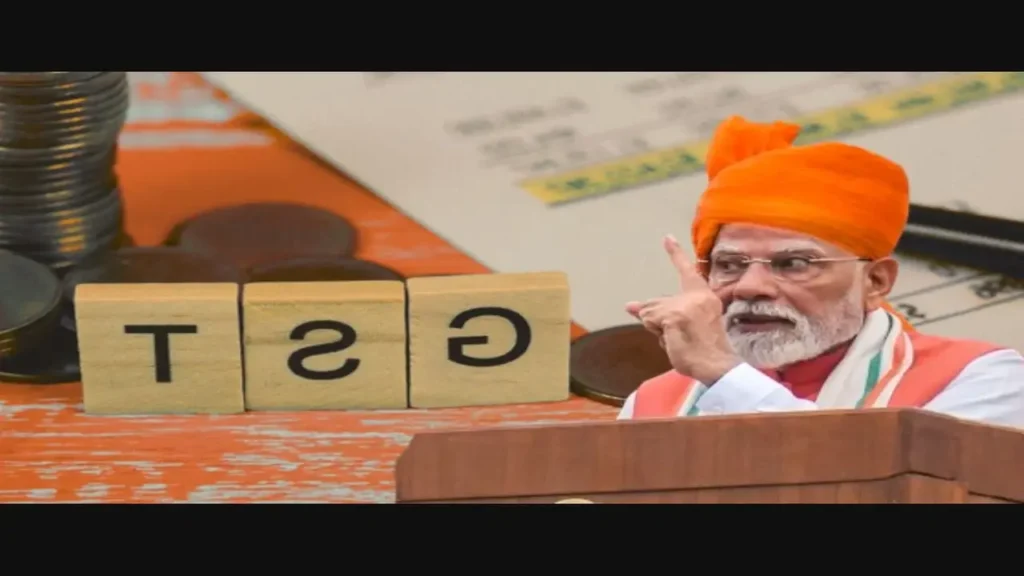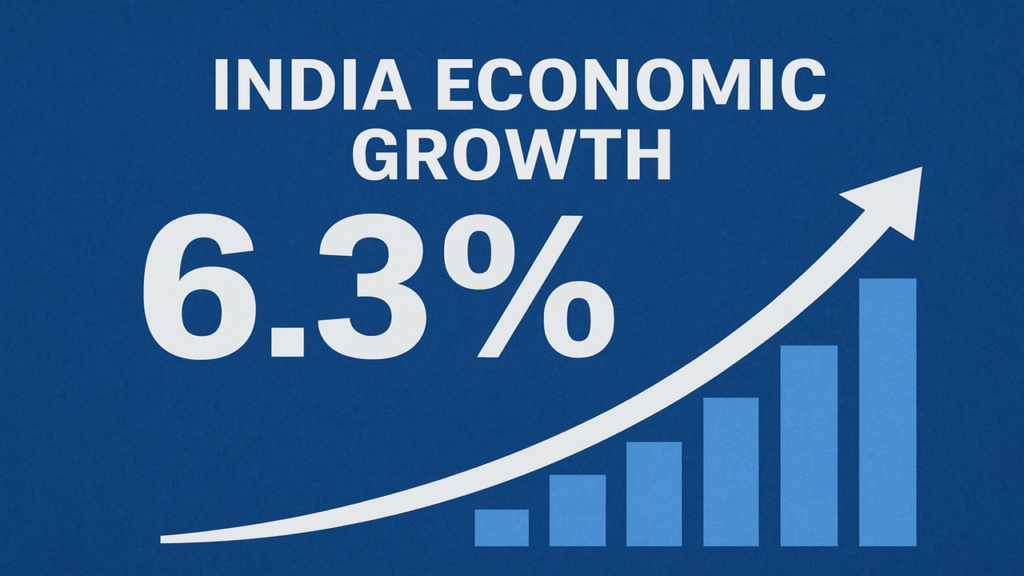Blog
US Tariffs on Indian Exports 2025 – Impact & Analysis

US Imposes Up to 50% Tariffs on Indian Exports – What It Means for Trade
The United States has announced new trade measures targeting several categories of Indian exports, with tariff rates reaching as high as 50% on certain goods. This development could significantly affect bilateral trade flows, particularly in key sectors such as textiles, steel, and pharmaceuticals.
Background – Why Tariffs Are Being Imposed
The tariff hike reportedly comes as part of a broader US trade policy shift aimed at reducing import dependency and protecting domestic manufacturers. Officials in Washington have indicated that the decision was influenced by concerns over market imbalances, pricing practices, and competitive pressures from imports.
While the US has maintained strong trade relations with India for decades, this move represents one of the steepest tariff increases in recent years.
Which Indian Products Are Affected?
According to preliminary reports, the affected categories may include:
- Textiles & Apparel – A major export sector from India to the US, these goods could see tariffs of up to 40–50%.
- Steel and Metal Products – Expected tariffs in the range of 25–30%.
- Generic Pharmaceuticals – Though less affected, certain drug formulations may face additional duties of 10–15%.
- Processed Food Items – Specialty foods and spices could see tariffs of 15–20%.
Exact product lists will likely be released by the US Department of Commerce in the coming weeks.
Impact on India’s Export Economy
The US is one of India’s largest export destinations, accounting for a significant share of total outbound trade. Higher tariffs could:
- Increase costs for US buyers, potentially leading to reduced orders from India.
- Push Indian exporters to seek alternative markets in Europe, the Middle East, and Southeast Asia.
- Trigger price adjustments that could affect profit margins for small and medium exporters.
Industry bodies such as FIEO (Federation of Indian Export Organisations) have already expressed concern and are expected to engage with the Indian government for a diplomatic resolution.
Possible Indian Government Response
Trade analysts suggest that New Delhi might consider the following actions:
- Bilateral Talks – Requesting negotiations to reduce tariff rates on sensitive sectors.
- WTO Consultation – Approaching the World Trade Organization if the tariffs are deemed unfair.
- Export Subsidy Adjustments – Providing financial relief to affected exporters.
- Diversification Drives – Encouraging exporters to expand into untapped markets.
Global Trade Context
The move comes amid a global trend of rising protectionism, where many countries are revisiting trade agreements to safeguard domestic industries. Similar tariff hikes have been seen between the US and other trading partners, including China, Vietnam, and Brazil.
Expert View
“While the tariff hike is a challenge, it also underscores the need for Indian exporters to diversify their market base,” says a senior trade consultant. “Relying heavily on one market always carries risks, and this event could serve as a wake-up call for the industry.”
Outlook
The coming months will be crucial in determining the extent of the impact on Indian exports. The Indian government’s diplomatic engagement and exporters’ ability to adapt to new market conditions will play a key role in minimizing losses.
If trade talks are successful, there’s a possibility of partial rollback or exemptions for certain goods. Until then, exporters must prepare for costlier access to the US market.



